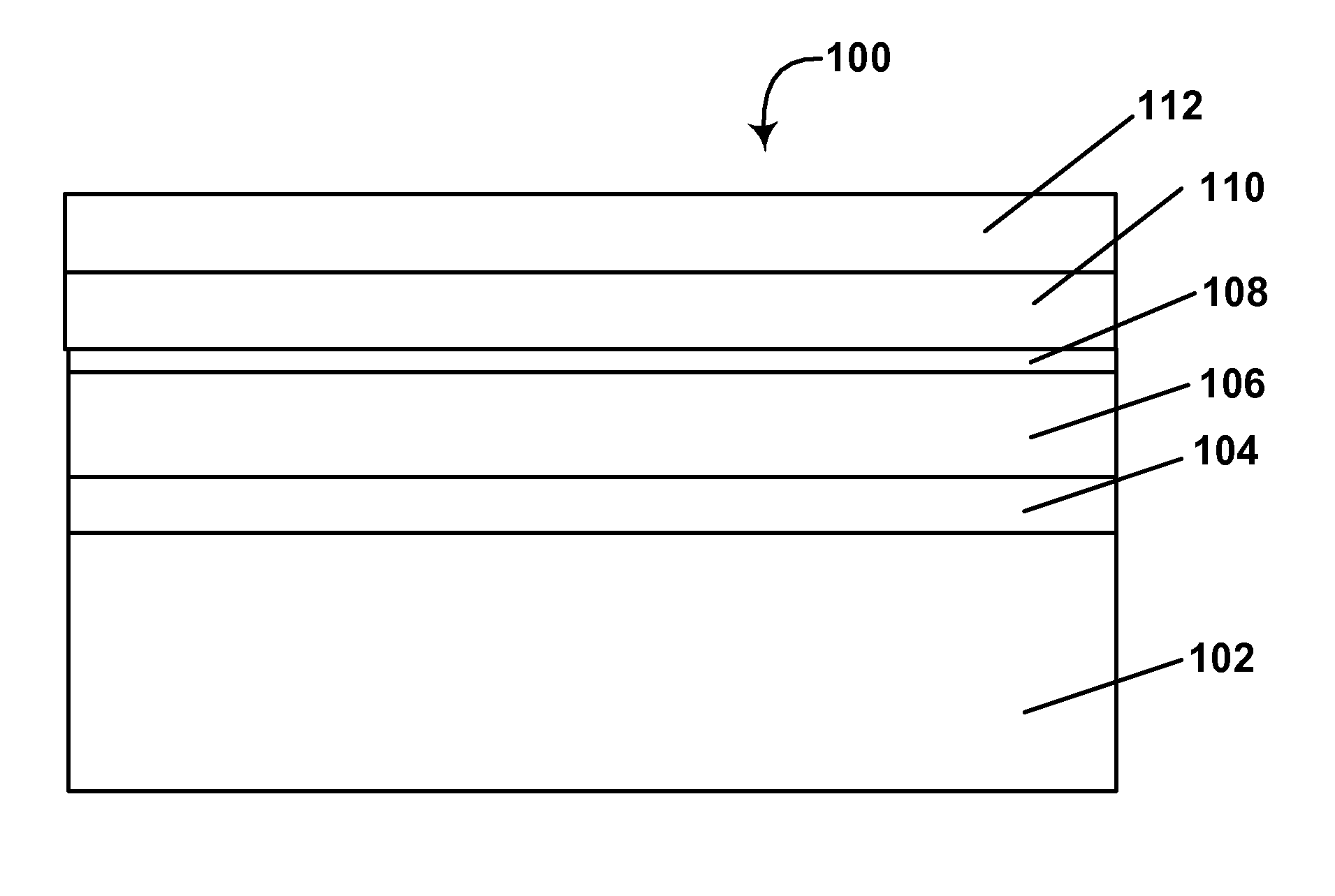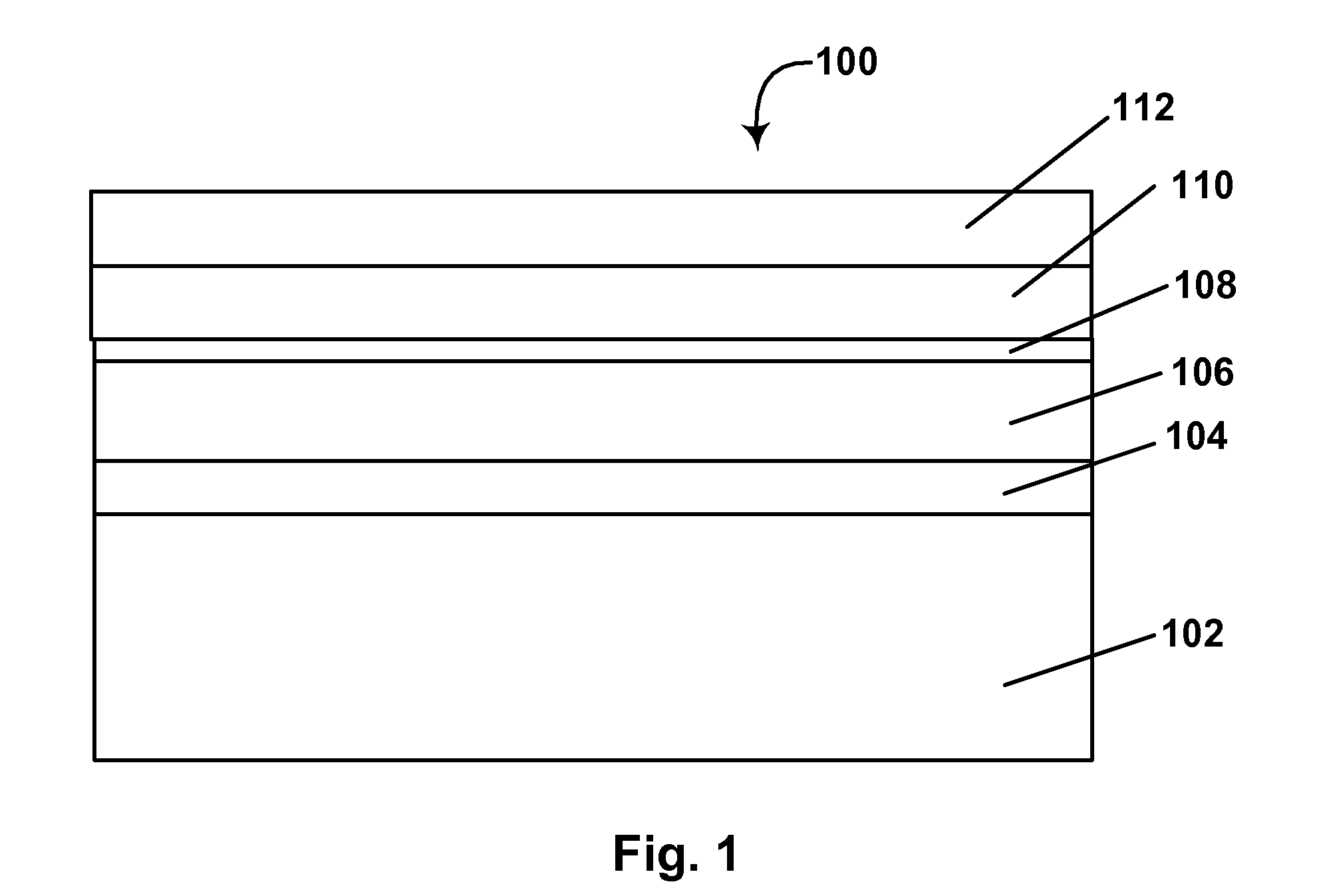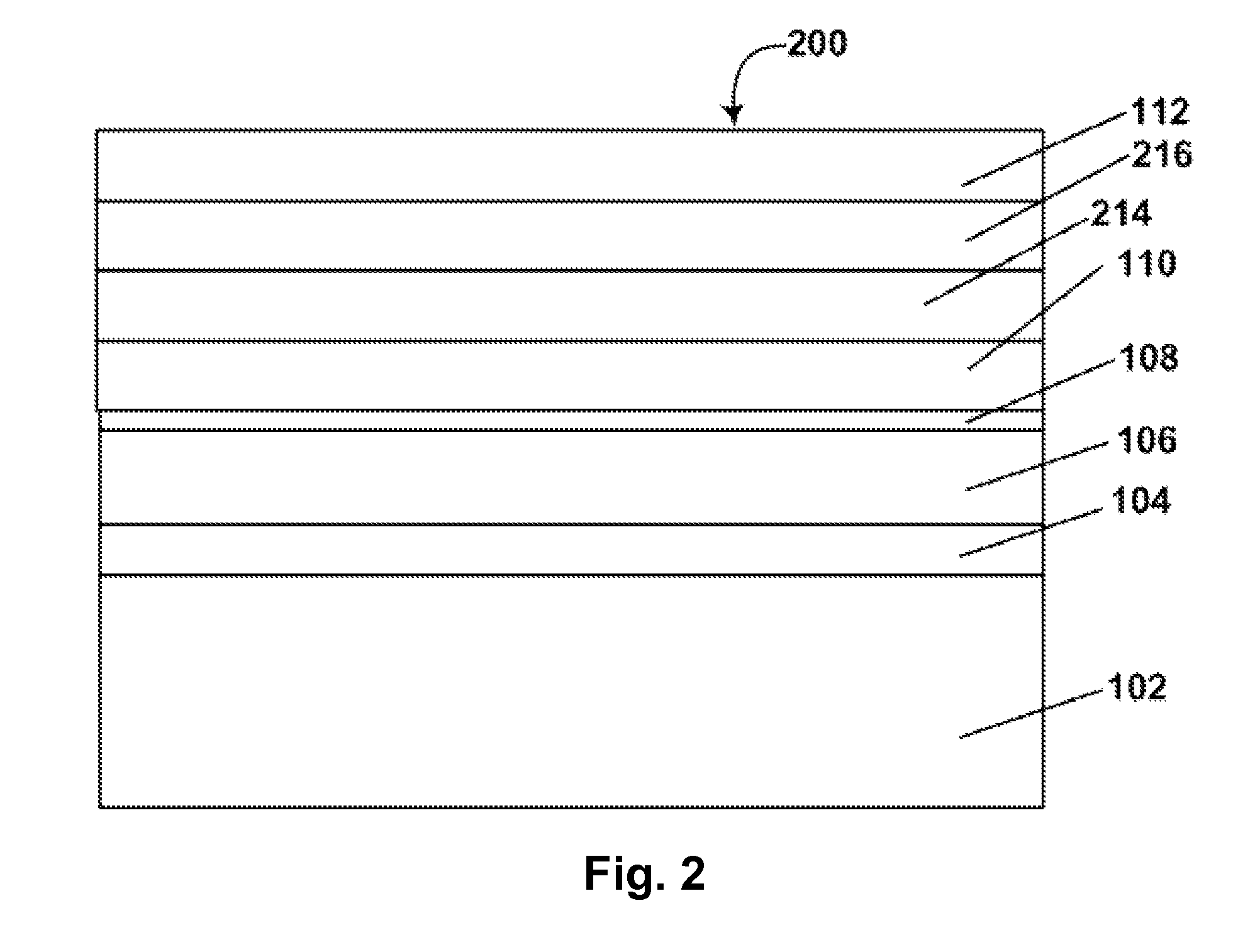Electro-optic displays, and color alters for use therein
a technology of optical displays and color filters, applied in optics, instruments, optical elements, etc., can solve the problems of inadequate service life of these displays, preventing their widespread use, and gas-based electrophoretic media being susceptible to the same types of problems
- Summary
- Abstract
- Description
- Claims
- Application Information
AI Technical Summary
Benefits of technology
Problems solved by technology
Method used
Image
Examples
Embodiment Construction
[0060]As already mentioned, the present invention provides a process for producing an electro-optic display having a color filter array. In this process, an electro-optic display is formed having a direct thermal imaging layer and a backplane having a two-dimensional array of pixel electrodes. The direct thermal imaging layer is then exposed to temperatures sufficient to form a plurality of differently colored areas in the direct thermal imaging layer, the plurality of differently colored areas being aligned with the two-dimensional array of pixel electrodes. The necessary alignment may be effected by detecting one or more features of the backplane, these features being either fiducial marks provided specifically for this purpose, or functional features, for example, row and column electrodes, already present in the backplane for other purposes. Thus, the present invention provides a simple, one step process for the creation of a color filter array on an otherwise completed display....
PUM
| Property | Measurement | Unit |
|---|---|---|
| diameter | aaaaa | aaaaa |
| thickness | aaaaa | aaaaa |
| thickness | aaaaa | aaaaa |
Abstract
Description
Claims
Application Information
 Login to View More
Login to View More - R&D
- Intellectual Property
- Life Sciences
- Materials
- Tech Scout
- Unparalleled Data Quality
- Higher Quality Content
- 60% Fewer Hallucinations
Browse by: Latest US Patents, China's latest patents, Technical Efficacy Thesaurus, Application Domain, Technology Topic, Popular Technical Reports.
© 2025 PatSnap. All rights reserved.Legal|Privacy policy|Modern Slavery Act Transparency Statement|Sitemap|About US| Contact US: help@patsnap.com



